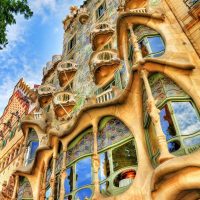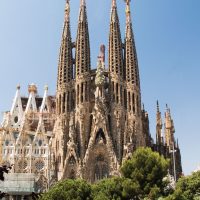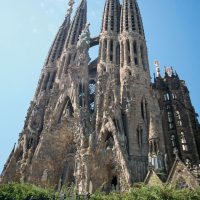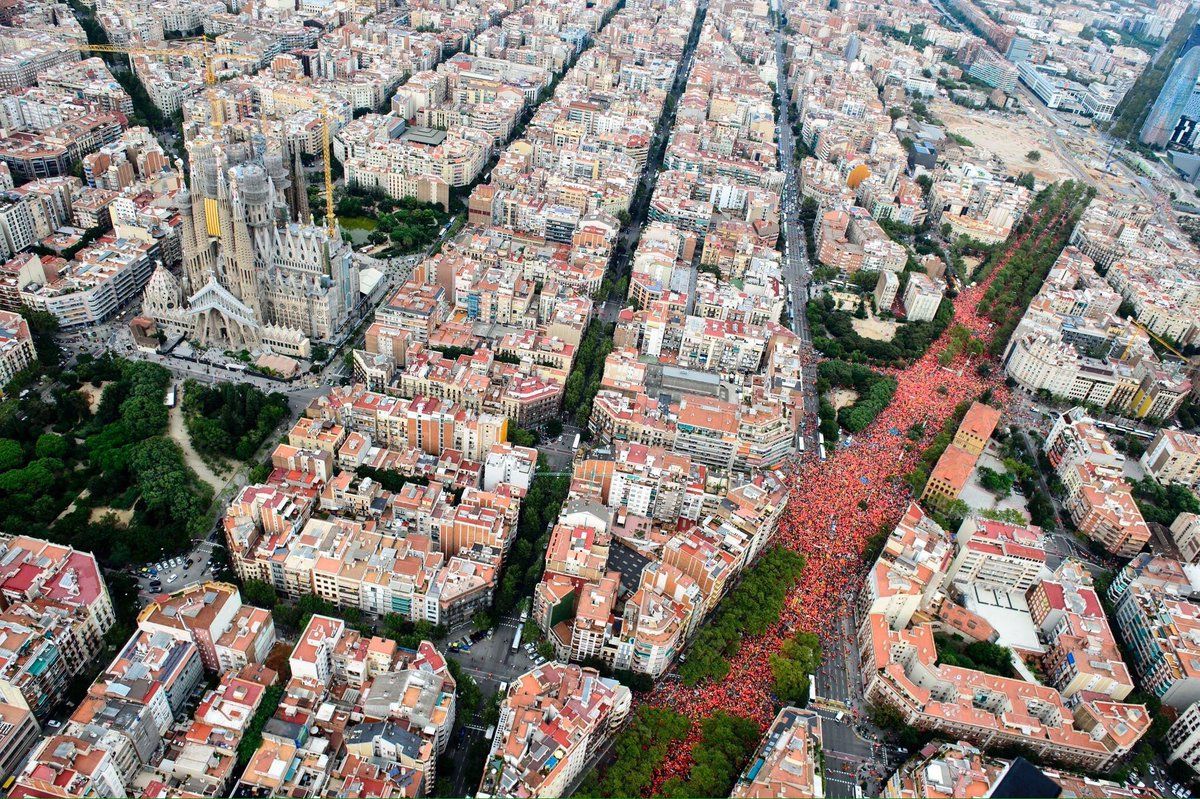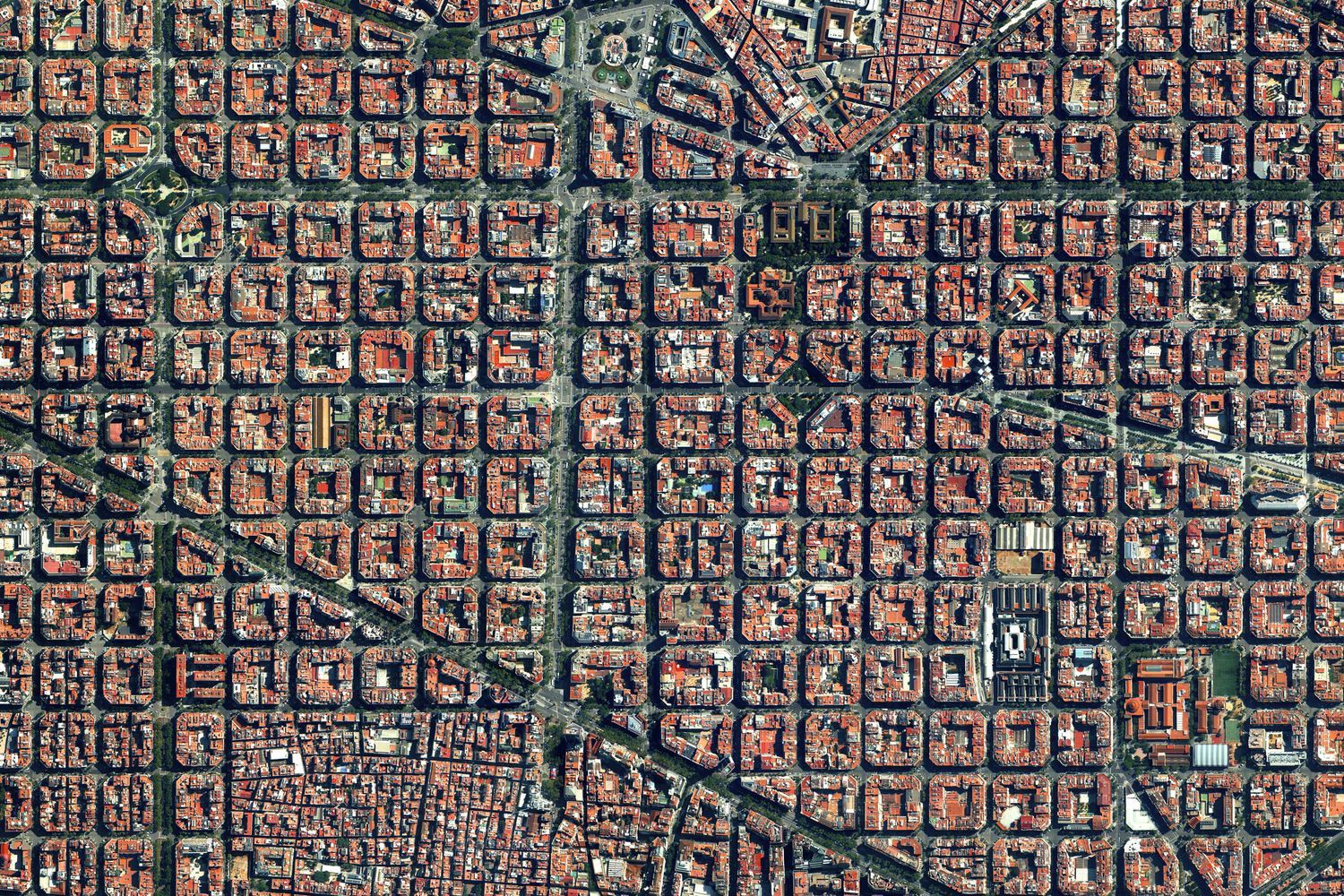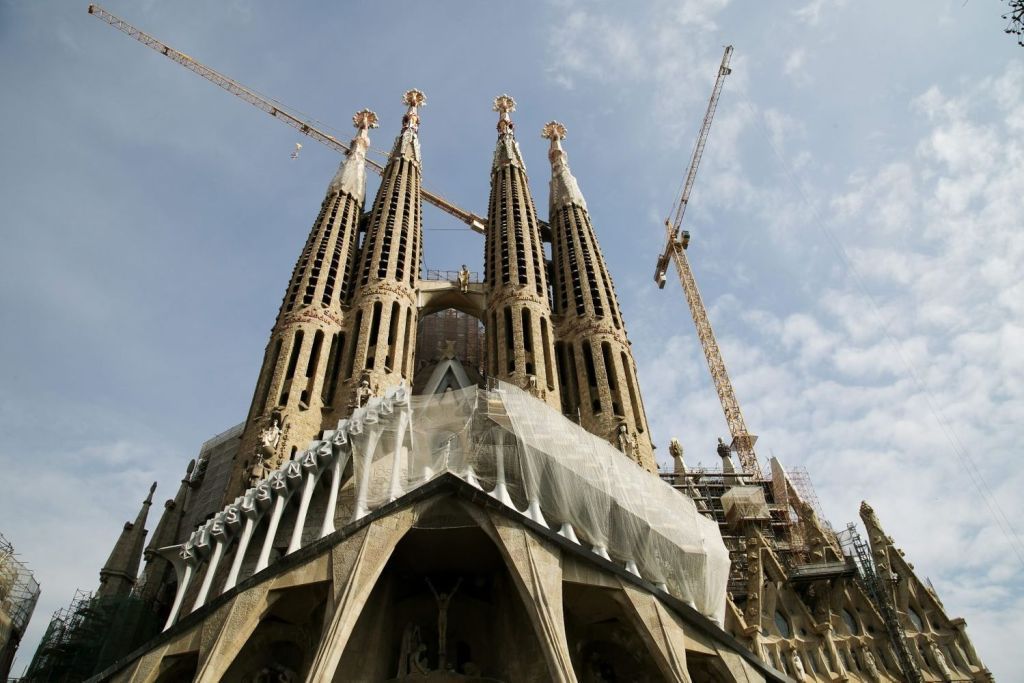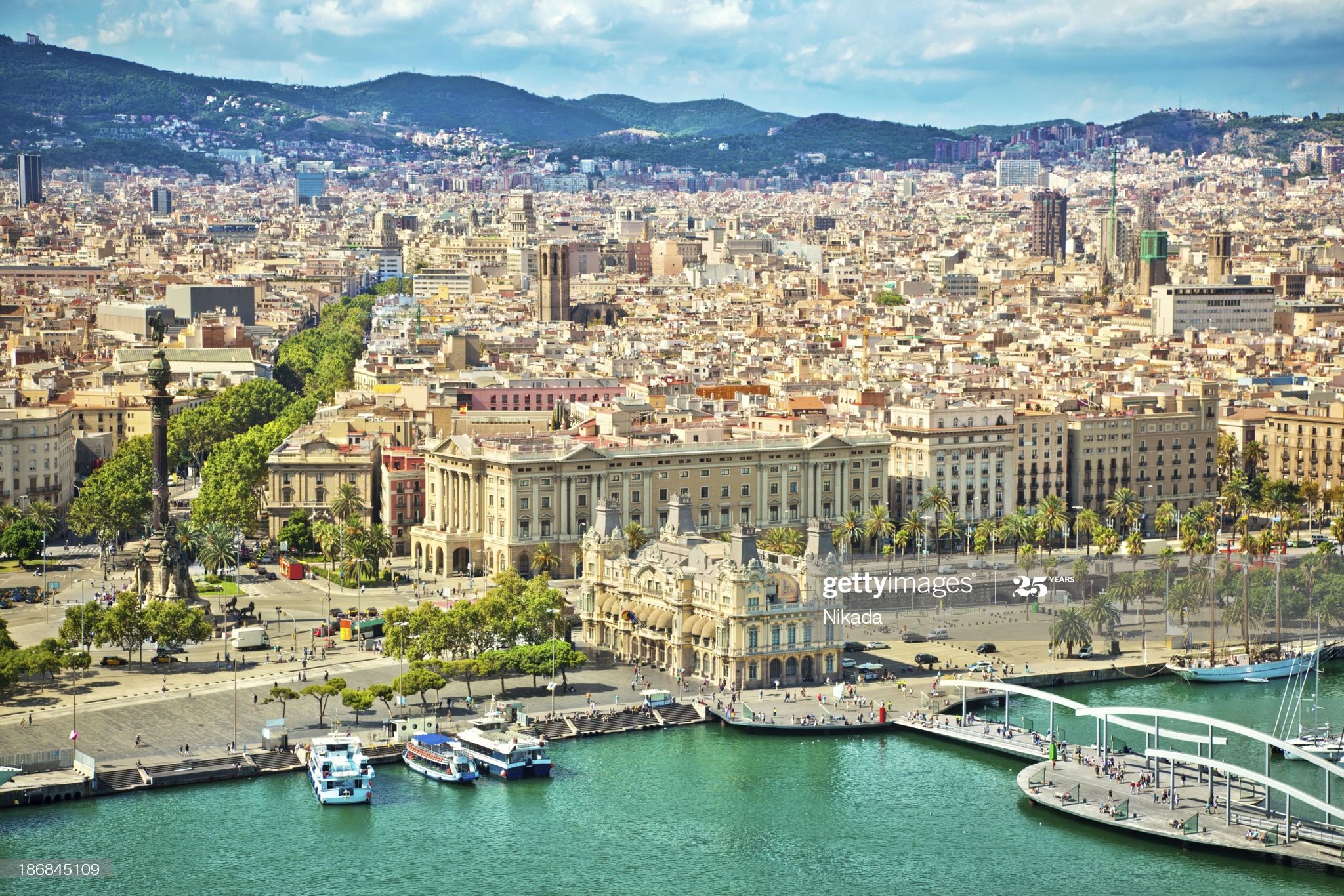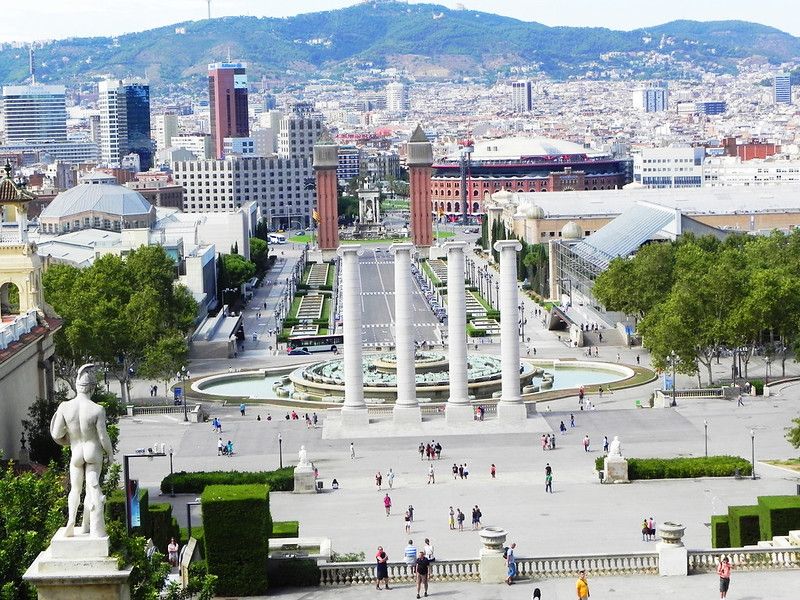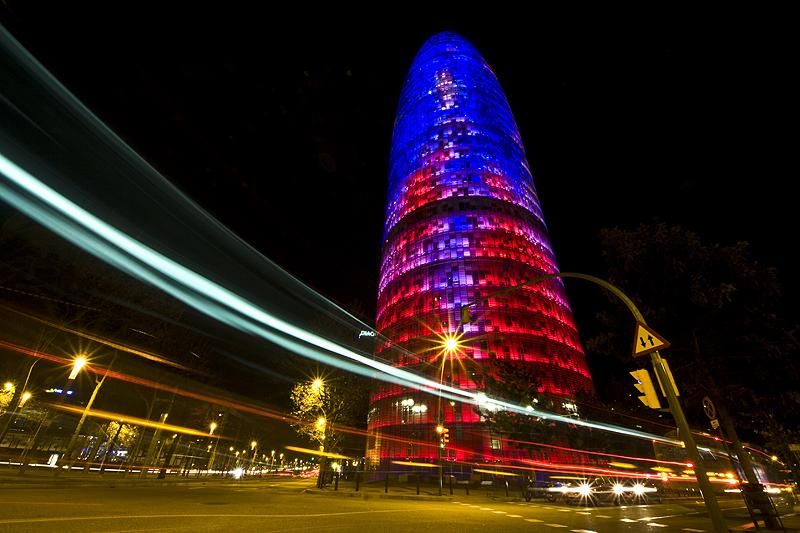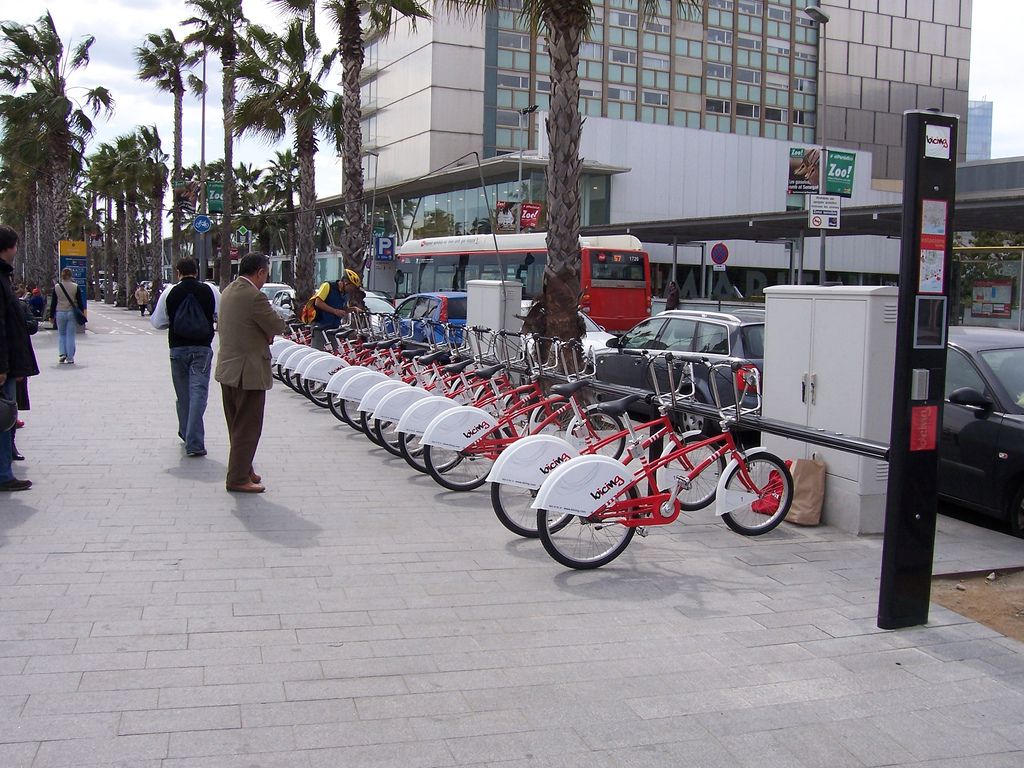Hard work is part of living as an architect, and all hard workers deserve a break every once in a while. The harder they work the better break they deserve, and what’s better than traveling the world? For architects, travel is not just another way of entertainment. It is also double as a fun, educational experience, and they don’t even need to push it.
Their heads just work on their own, and all the obsessive comments come flowing. Don’t deny it! You wouldn’t leave that ancient temple or that historical palace until you’ve gotten out all the information you hold about them, and you wouldn’t leave that out-of-proportion ionic column without criticizing the architect who had the dignity to do it. Well, your friend and family may hate you for it, but they will get used to it in time. Now, every spot on planet Earth carries a lesson for an architect, but the spot we are recommending here, carries more than that. It is the perfect mix of entertainment, refreshment, enlightenment, and peacefulness. It is Barcelona!
The Catalonian city is Spain’s second-most populous country and one of the world’s top 20 tourist destinations for 2016. Barcelona is not just a fine example of a tourist destination city, but also of a city to live in. Isn’t it enough that it has 6 Must-Visit Architectural Landmarks Designed by Antoni Gaudi? Care to know why Barcelona could be your perfect vacation spot? Check these seven reasons.
7 Reasons Why Barcelona Is an Architect’s Perfect Vacation Spot
1.Antoni Gaudi was there!
If you are an architect, then you know Gaudi for sure, and whether you like his style or not, there is no denying that it is simply unique, and for some it is magical.
Gaudi’s relics are, literally, all over the place in Barcelona, from Caza Vicens to Park Güell, and from Casa Milà to Casa Batlló, and of course, there is Gaudi’s centerpiece La Sagrada Familia. His nature-inspired forms and exquisite colors define his architecture and give a memorable character to the entire city.
- © Expiatory Temple of the Sagrada Família
- © Expiatory Temple of the Sagrada Família
- © Expiatory Temple of the Sagrada Família
2.Avinguda Diagonal takes you everywhere!
One of Barcelona’s most distinctive features is its meticulous planning which goes back to the 19th century and the engineer who invented the word “urbanization”, Ildefons Cerdà. Yes, he was an engineer, not an architect, and you can probably guess that much from the strict grid that divides the Eixample district. The grid is composed of square blocks with chamfered corners and straight wide avenues in between.
Then, the “Avinguda Diagonal”, the wide and long Avenue divides the city into two halves and intersects with its longest street Gran Via at Glòries square.
3.Gaudi was not the city’s only good architect!
Gaudi’s architecture, indeed, gives Barcelona a unique character. However, Gaudi was not the only one to mark the city with glorious architecture. There was Josep Vilaseca I Casanovas and his Spanish Arc de Triomf, Josep Puig i Cadafalch and his Casa Martí, in addition to Eric Sagnier and his Temple Expiatori del Sagrat Cor.
There was, also, Lluís Domènech I Montaner and his masterpieces: Hospital de Sant Pau and Palau de la Música Catalana, among others. Built-in the late 19th and early 20th century, all these architectural marvels of “Catalan Modernisme” can be visited in Barcelona.
4.It has a “Gothic Quarter”!
Yes, Catalan Modernisme and Moorish Revival are not the city’s oldest architecture styles. Long before Gaudi and Ildefons Cerdà’s Eixample, there was the old city inside the walls. Just by looking at the aerial view of the city, you can guess where it is. It is that part, by the Mediterranean, not affected by Cerdà’s strict grid.
The Gothic Quarter is at the center of the old city. The Quarter itself was built in the late 19th and early 20th century, but the buildings within its borders date back to the 14th century. It houses the Gothic-styled Barcelona Cathedral, the Baroque-style Basilica of Our Lady of Mercy, Plaça Del Rei, and Plaça Sant Jaume, the city’s administrative heart.
5.It has wonderful Public Spaces!
What makes it a perfect vacation spot, Barcelona has enough of Plazas, parks, or promenades, and more. Plaça de Catalunya is considered to be the city’s center and the meeting point for important streets, like Passeig de Gràcia along which a number of prominent architectural landmarks are located and La Rambla which is a tree-lined pedestrian mall popular among tourists.
Next, to La Rambla, there lies Plaça Reial. The plaza is part of the city’s Gothic quarter. It is surrounded by restaurants, cafés, and nightclubs, and it used to hold events like concerts and festivals. Not very far from those two lies Plaça d’Espanya which is another iconic square, marked by the twin Venetian towers, Fira de Barcelona, and Arenas de Barcelona, a former bullring turned into a shopping mall.
6.Not everything is old in Barcelona!
We have talked about Gaudi, Catalan Modernisme, and the Gothic quarter, but that is not all there is to Barcelona. The city has its fair share of remarkable contemporary architecture and works by celebrated 20th and 21st-century architects. These include the Barcelona Pavilion by Mies Van Der Rohe, the Barcelona Museum of Contemporary Art by Richard Meier, and the Forum building by Herzog & de Meuron. Barcelona also has some elegant skyscrapers like Torre Glòries by Jean Nouvel, Hotel Porta Fira by Toyo Ito, and Diagonal Zero Zero by Enric Massip-Bosch.
7.Barcelona is also smart!
Did you know that Barcelona is one of Europe’s leading smart cities? The city is known for its low-carbon-emission solutions. It was one of the earliest cities to introduce a solar thermal ordinance, making it compulsory for buildings to gain at least 60% of their hot water supply via solar heating.
The city is also promoting the use of Electric Vehicles, and they have a living lab for smart-city innovation. It has a bicycle sharing system, which circulates 6000 bicycles between citizens with a “Bicing” card, paid for annually. The system is both sustainable and economical. They also have an automated waste collection system that utilizes compact trash pins connected to an underground network through pipes.
Home to Gaudi’s Sagrada Familia and Mies Van Der Rohe’s Barcelona Pavilion, Barcelona is the only city to ever win the RIBA Gold Royal Medal, normally awarded to architects. So, don’t you think it is worth a visit?


